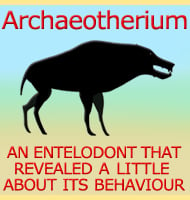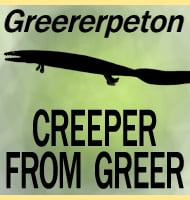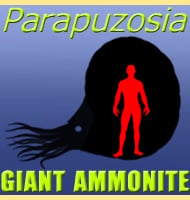In Depth
Although only named from two leg bones, these are of such size that Heracles was a very large bird in life. Originally thought to belong to an eagle, the bones were later identified as belonging to a parrot. Although incomplete, comparing the bones to other parrot genera and scaling their bones to fit quickly led to the startling realisation that in life this parrot may have stood as much as one meter tall. This would be yet another case of insular gigantism seen in the birds of New Zealand with other giants including the moa birds and the predator Haast’s Eagle.
Because Heracles is so far only known from leg bones details about tis life are speculative at best. A popular thought though is that the parrot Heracles may have lived much like the Kakapo (Strigops habroptilus). The Kakapo is a large flightless parrot that eats plants, seeds, nuts and even sapwood, grinding them with its powerful beak. Being even larger and heavier than the Kakapo, the giant parrot Heracles would have also been flightless, and with a presumably larger beak, also ate tough food.
Further Reading
- Evidence for a giant parrot from the Early Miocene of New Zealand. Biology Letters 15:20190467. - T. H. Worthy, S. J. Hand, M. Archer, R. P. Scofield & V. L. De Pietri - 2019.









